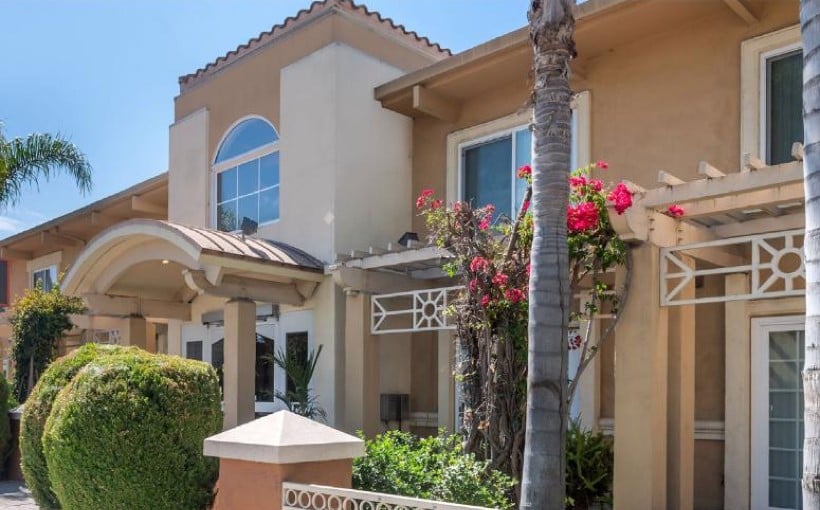Seattle’s multifamily market has recently been affected by negative sentiment among investors, with rent growth decreasing, vacancy rates increasing, a robust supply pipeline and political pressure to introduce tenant protection measures in Washington state. Despite these challenges, the outlook for market fundamentals remains strong.
Multifamily was one of the top performing asset classes nationally during both the Great Financial Crisis and COVID-19 pandemic recessions; this is likely due to persistent U.S housing shortages that suggest it will continue to perform well in any future downturns as well. Real estate is cyclical and downturns are foreseeable; while multifamily often outperforms many other sectors during a recession not all properties will fare equally – some may suffer while others succeed.
Odyssey Properties Group targets Class B properties located in suburban areas of urban metros such as Seattle where they have acquired six properties between 2016-2021 giving them an intimate understanding of pre-and post-COVID dynamics within this particular rental market . Patterns that have emerged include bifurcation between urban core versus suburbs along with Class A product compared to Classes B & C product when considering rent growth: though down from their summer 2022 peak rents have increased on year over year basis according top research firms who project another positive year for 2023 rentals due largely affordability gap driving steady demand . On more granular level Class A rents increased 5% whereas Classes B&C rose 9% & 18%, respectively – however rents remain flat within Seattle’s urban core whereas southern suburbs like South King County/Pierce County saw 25% increases over pre COVID levels which Odyssey’s assets exceeded proforma expectations showing mid single digit percentage range lease renewal increases since Q3 2020 without material change physical occupancy levels across portfolio .
Multi decade high development pipelines see 4 % inventory growth (1 point above US average) concentrated primarily on high end class A space yet small scale classB/C projects unlikely be impacted given significant discounts ($431-$741) offered vs comparable classA units – delta never larger so expect outperformance here too despite rising interest rates & potential overdevelopment causing concern amongst investors/developers alike – developers increasingly conscious current conditions scaling back 3 quarters planned projects last yr w some expecting cancel up half 2023 plans but real estate cyclical so undersupply expected by ‘26 w moderated devp , diversifying economy + lack housing affordability forming strong base future rental demand




